2023 Space Calendar: What to Watch for in the Night Sky
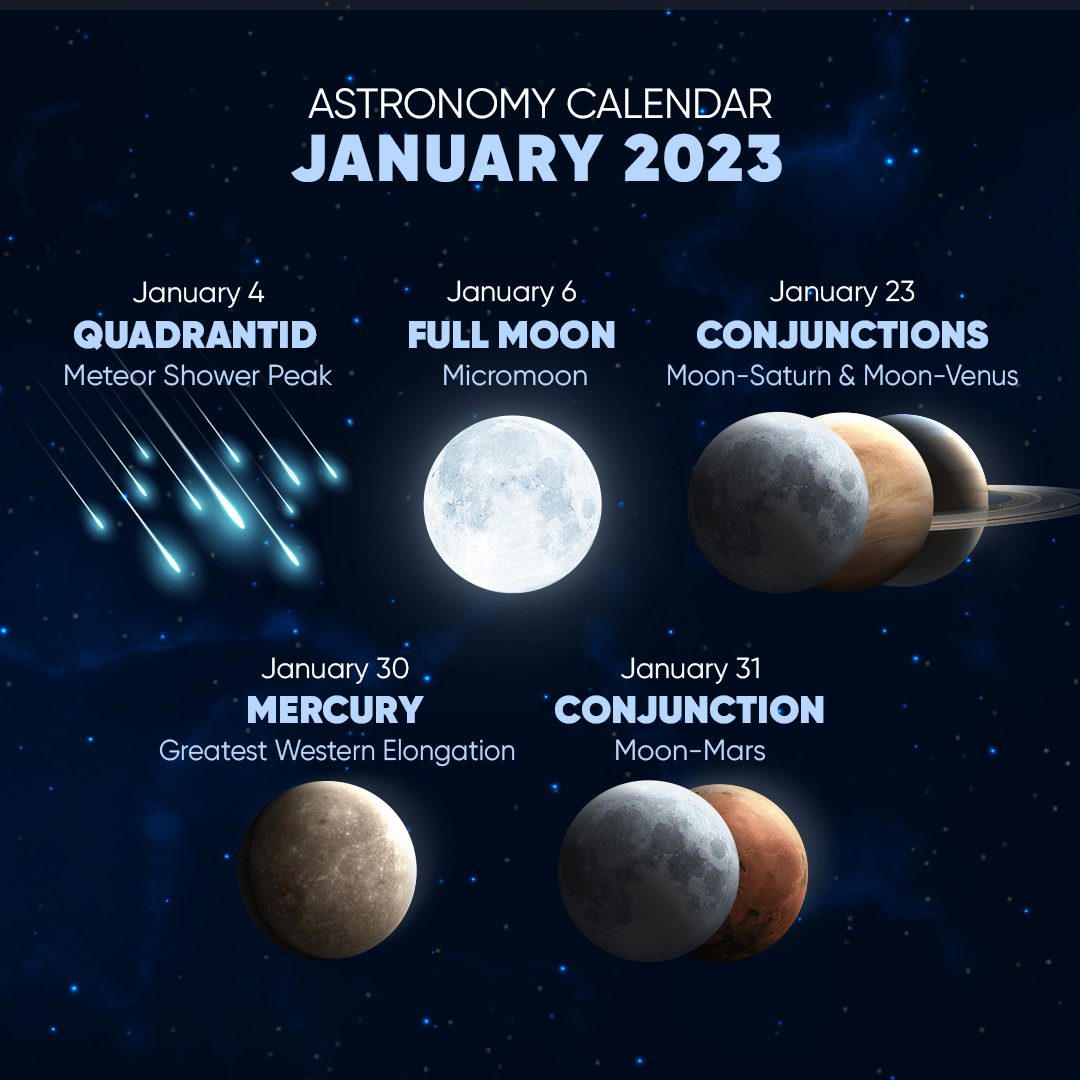
2023 Space Calendar: What to Watch for in the Night Sky
The year 2023 is shaping up to be a great one for stargazers. There are a number of exciting celestial events that will be visible from Earth, including meteor showers, planetary conjunctions, and even a solar eclipse.
Here are some of the top astronomical events to watch for in 2023:
Perseid Meteor Shower:
The Perseids are one of the most popular meteor showers of the year, and they peak in August. This year, the shower will be especially good, with up to 60 meteors per hour expected.

Venus and Saturn Conjunction: On January 22, 2023, the planets Venus and Saturn will appear very close together in the night sky. This will be a great opportunity to see these two planets side-by-side.

Jupiter and Venus Conjunction:
On March 1, 2023, the planets Jupiter and Venus will also appear very close together in the night sky. This will be another great opportunity to see these two planets side-by-side.
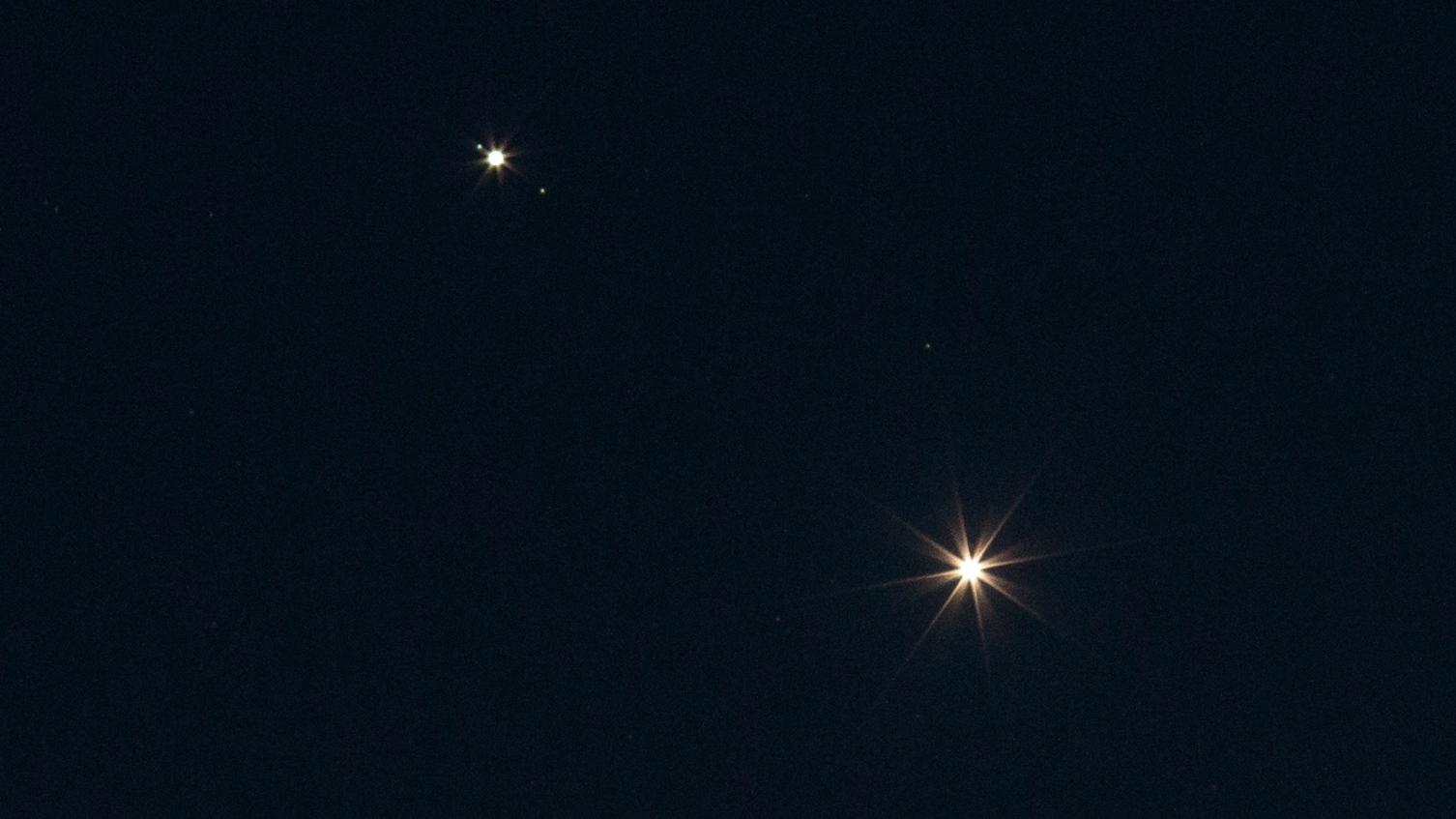
Solar Eclipse:
On April 20, 2023, a rare hybrid solar eclipse will be visible from parts of North America, South America, and Africa. This eclipse will be a combination of a total solar eclipse and an annular solar eclipse.
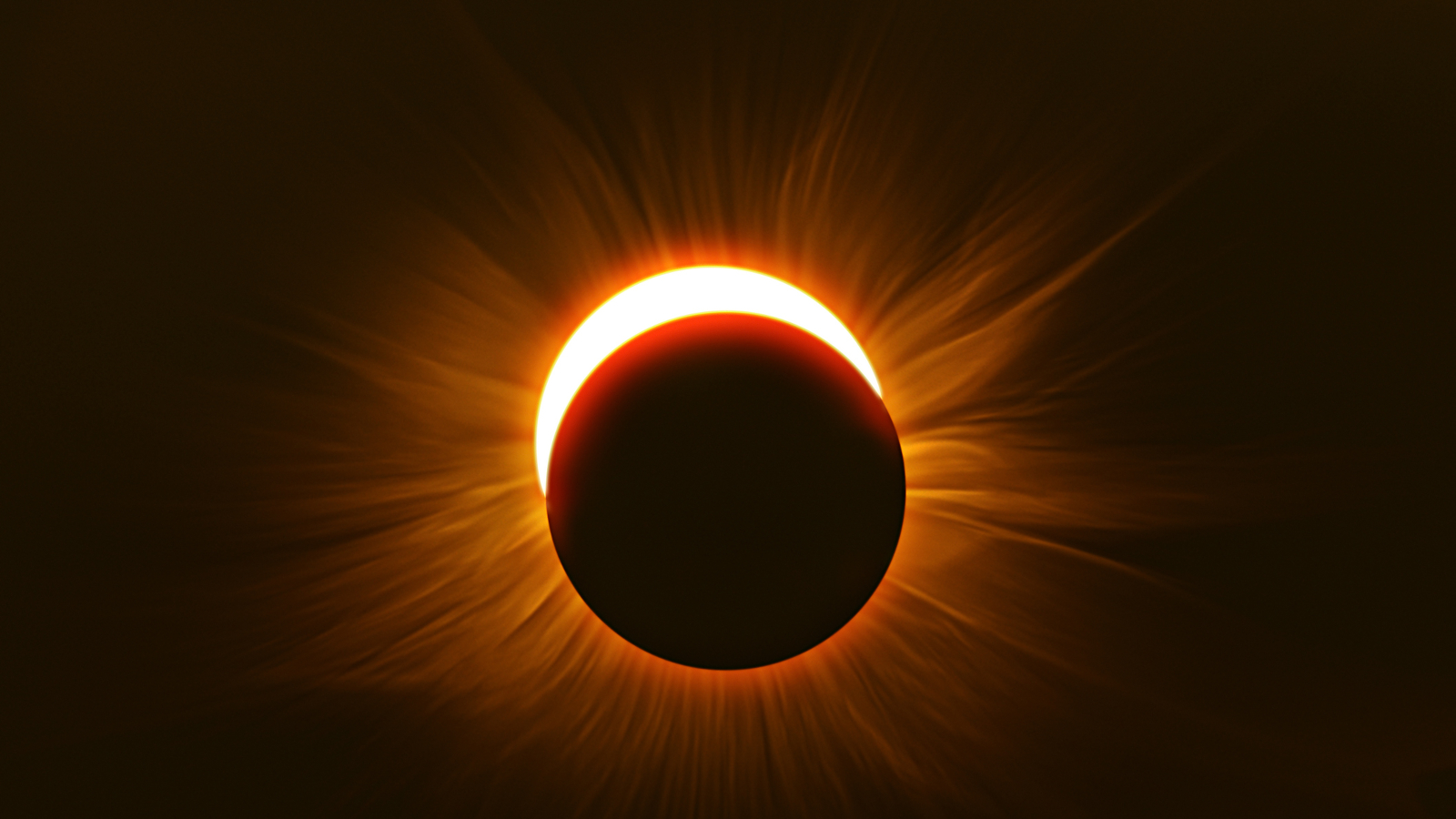
Perseid Meteor Shower:
The Perseids will peak again in August, this time on August 12 and 13. This is a great opportunity to see the Perseids, as they are one of the most active meteor showers of the year.
Blue Moon: On August 30, 2023, there will be a blue moon. This occurs when there are two full moons in a single month. The blue moon in August will be the biggest full moon of the year.
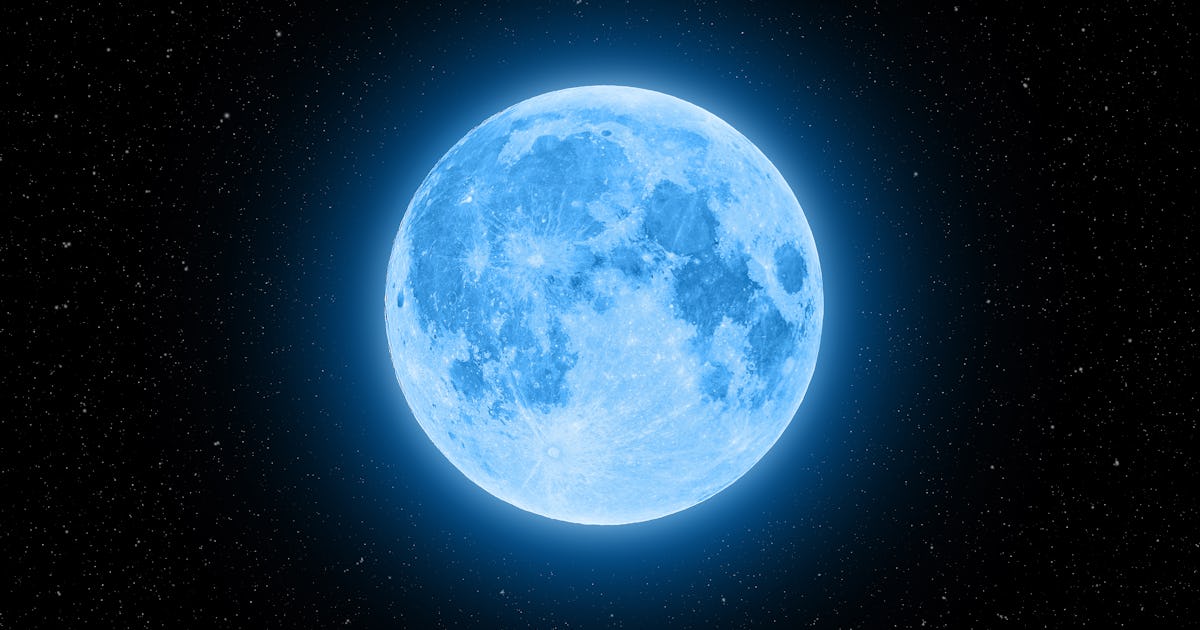
These are just a few of the many astronomical events that will be visible in 2023. So get out your telescopes and binoculars, and start planning your stargazing adventures!
Other notable celestial events in 2023:
Mercury at Greatest Eastern Elongation: On August 10, 2023, Mercury will reach its greatest eastern elongation. This is the best time to view Mercury, as it will be at its highest point above the horizon in the evening sky.
Venus at Greatest Western Elongation:
On October 23, 2023, Venus will reach its greatest western elongation. This is the best time to view Venus, as it will be at its highest point above the horizon in the morning sky.

Geminid Meteor Shower:
The Geminids are another great meteor shower, and they peak in December. This year, the shower is expected to be especially good, with up to 120 meteors per hour expected.
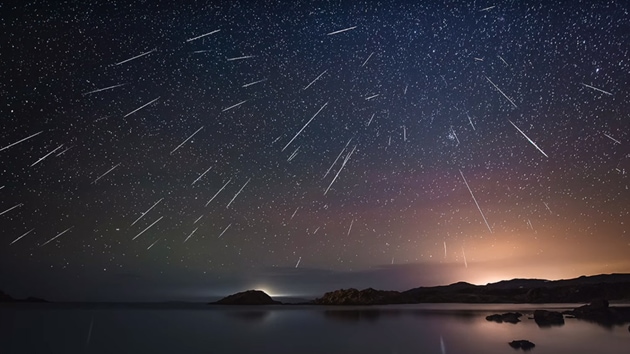
Annular Solar Eclipse:
On October 14, 2023, an annular solar eclipse will be visible from parts of Asia, Australia, and the Pacific Ocean. This eclipse will occur when the Moon passes in front of the Sun, but does not completely cover it.

I hope you enjoy watching the night sky in 2023!